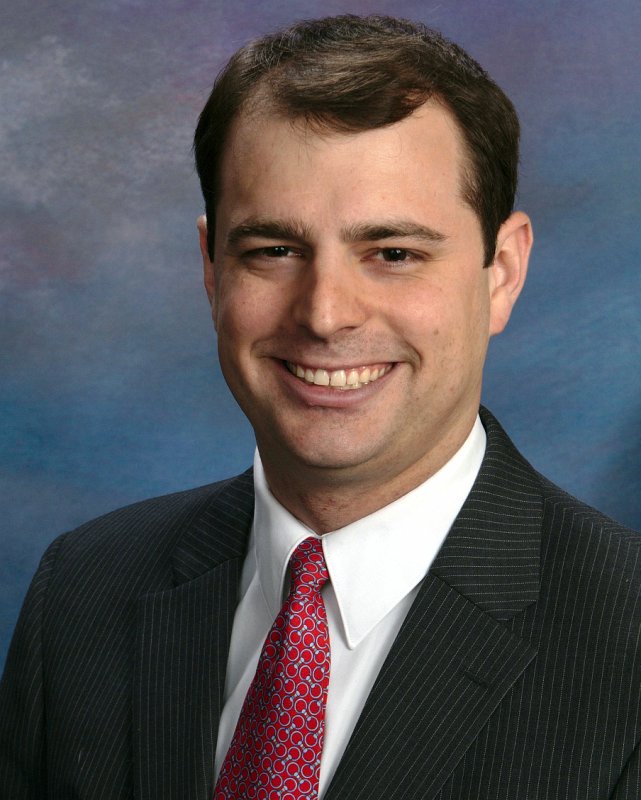Earlier this week, we began a new transparency project focused on whether schools in Missouri are teaching critical race theory (CRT) concepts in the classroom. Similar to the Show-Me Checkbook and Show-Me CBA projects, the Show-Me Curricula Project seeks to find out from Missouri schools what Missouri tax dollars are buying Missouri parents.
Most schools that have replied so far have told us that they do not have documents that are responsive to our request, meaning they claim they have not incorporated CRT into their curricula and have not talked publicly about it. I trust those representations are true. Readers can follow what we’re receiving from schools and districts, as we receive them, by clicking here. We appreciate the promptness of the responses of districts that have already gotten back to us.
Notably, the Hazelwood School District sent four documents responsive to our request for CRT-related materials: three curricula and one public statement. Some of the CRT materials are incorporated by reference; there are instructions in the curricula to review and discuss content in a linked website but the content is not necessarily fully articulated in the curricula. Some examples of what I found:
Content from the New York Times’ 1619 Project dealing with early European explorers is prescribed for fourth-graders, and ninth-graders are told that the 1776 Commission, established by former President Donald Trump, was an exercise in “identity politics”—a charge it did not also level against the 1619 Project.
The curricula for fourth-graders and eighth-graders also direct teachers, by a link, to materials provided free of charge by the Southern Poverty Law Center (SPLC) and marketed variously as “Teaching Tolerance” and “Learning for Justice.” Readers will find substantial CRT content at this SPLC website.
To be sure, it is difficult to know the full extent to which CRT concepts will be taught in Hazelwood schools; curricula doesn’t always translate directly to the classroom. But it is fair to believe that these materials represent the baseline of the school’s CRT instruction.
Our Sunshine Law request also returned a Hazelwood School Board public statement. Per the statement, the district is engaged in ongoing, unspecified racist practices—a remarkable admission, given taxpayers are being forced to subsidize the district through their taxes. In a long list of action items, Hazelwood’s school board says it will:
[e]mpower the superintendent and charge her with boldly addressing and correcting institutionalized racist practices that have survived because of a “wall of silence and denial,” against our students and in our schools much like that in police departments. The Board will hold itself and all staff, accountable for the same. [Emphasis mine]
I did not know about Hazelwood’s “institutionalized racist practices,” and therefore I did not request documents relating to it. It may be the subject of a follow-up Sunshine Law request.
I encourage the public and parents especially to read for themselves the materials that are being provided, and to do their own due diligence with their own schools as classes return later this year. Transparency is a fundamental part of good governance. Likewise, transparency is the bare minimum that districts and schools should be offering taxpayers when it comes to problematic curricula.



